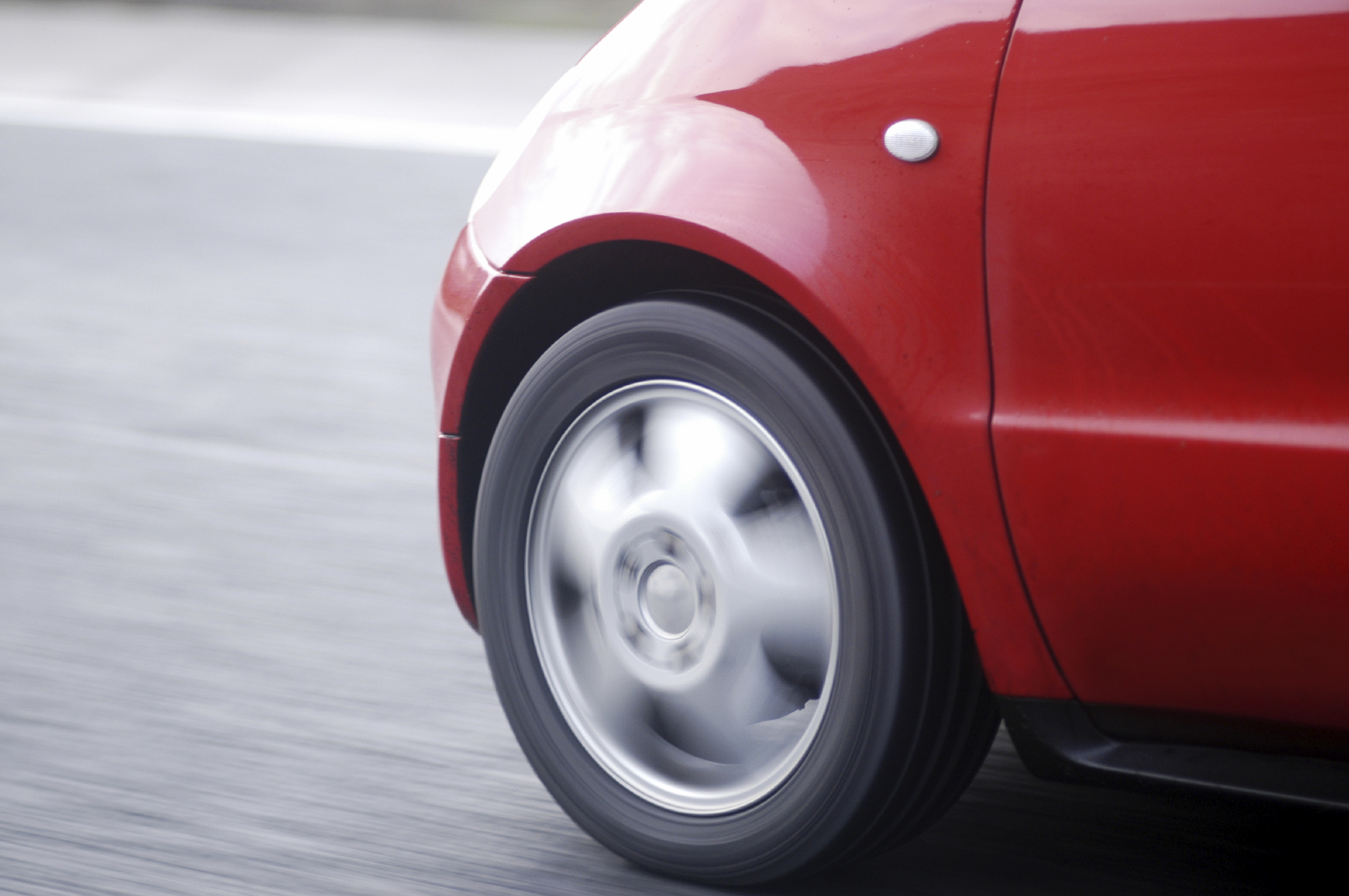
Drive Smart to Save Gasoline
Many gadgets and tips claim to help save gas. Some things work and some are not worth the paper they are advertised on. A simple approach is the best way to reduce driving costs.
Gimmicks
Some gimmicks to avoid: installing a magnet around the fuel line, an intake air turbulence-inducing device, or a water electrolysis system for boosting fuel economy. Filling up in the morning to get denser gasoline isn’t worth much either.
Fuel and air intakes to the engine are both highly engineered in modern engines, so modification devices will have nil or even detrimental effects. Electrolysis requires energy, and due to the laws of nature, you can never get more out than you put in, so producing hydrogen to burn it for increased fuel economy will result in a net loss. Gas station fuel tanks are underground and double-walled (insulated), so temperature swings will be minor, and dense gas does nothing to reduce use.
Savings
Save energy by reducing demand or by increasing energy efficiency at the source, in this case the engine. Things that try to stop you include air resistance, resistance of the mass of the car and engine to change speeds, and friction in the various components of your drive train. Increases to resistance hurt fuel economy. Decreases help fuel economy.
Reducing Demand by Driving Smart
First, and least expensive, is changing driving habits. Excessive speeding costs fuel efficiency. Most cars operate at their peak efficiency around 55-60 mph. Above this range, air resistance increases significantly, reducing fuel economy.
Changing speeds also reduces fuel economy, so use cruise control and lay off the brakes, which waste the kinetic energy of your moving vehicle. Coast to stoplights. Keep a buffer between you and the vehicle ahead of you so you can avoid overusing the brakes AND reduce risk of accidents. Reducing the weight of extra items in the car will also increase fuel economy.
Second, and also inexpensive, is planning – reducing how much we drive. Carpool. Bike. Make a shopping list so you don’t go to the store two days in a row.
Also, don’t idle the car to warm it in the winter. All vehicles get the same mileage when they are idling in the driveway: 0 mpg. Moreover, cold engines spew the most hydrocarbons, the enemy of clean air and the climate. So get in, and get going!
Improving Efficiency by Maintaining Your Vehicle
Replace components and maintain your vehicle according to your owner’s manual. This includes replacing air filters, changing oil and fuel filters, using the correct grade of oil, replacing spark plugs, and tuning the engine. Your car’s engine is designed for a precise air/fuel mixture, and if any of these maintenance items are neglected, incomplete combustion may occur, which will drive efficiency lower.
Keep tires properly inflated. Underinflated tires have greater rolling resistance. Recommended tire pressure is generally a compromise between ride, tire wear and fuel economy. Harder tires will require less gas, but “read and follow label directions”.
Summary
In summary, if you want to get the best possible gas mileage out of your vehicle, avoid gimmicks, change driving habits, plan ahead, and maintain your vehicle.




